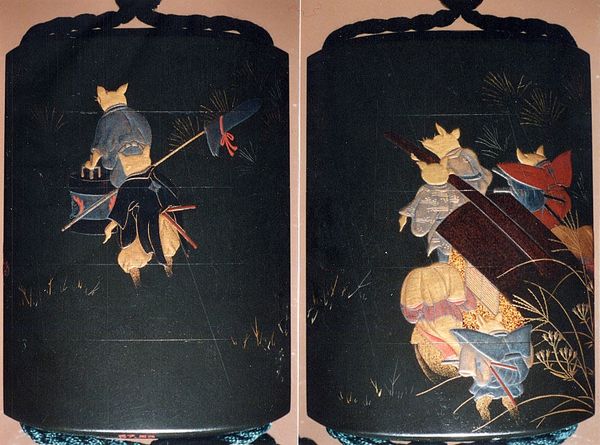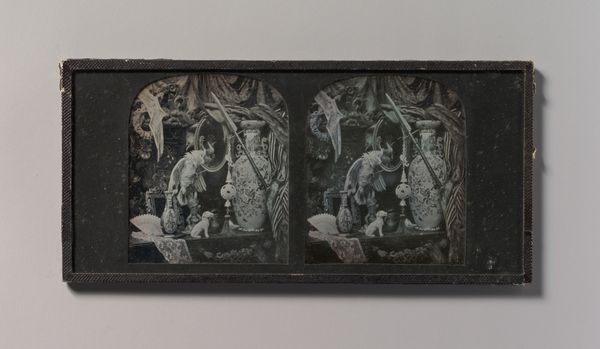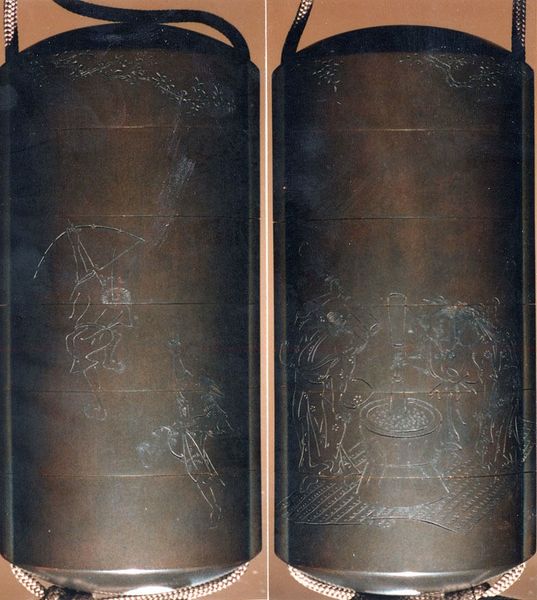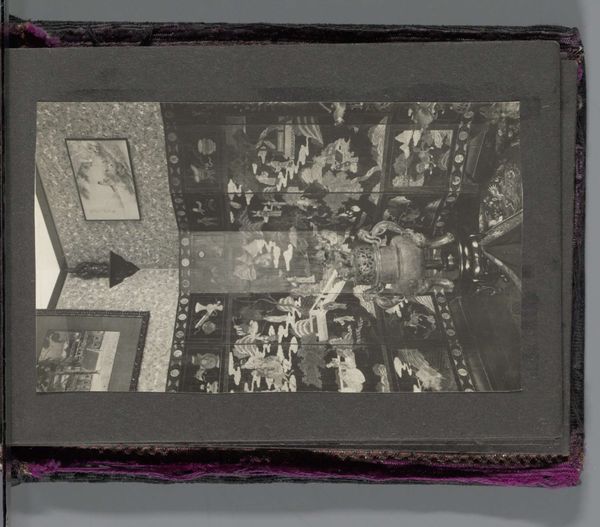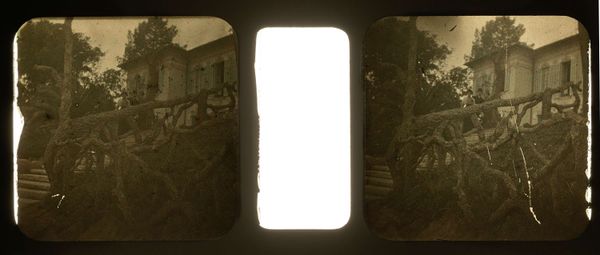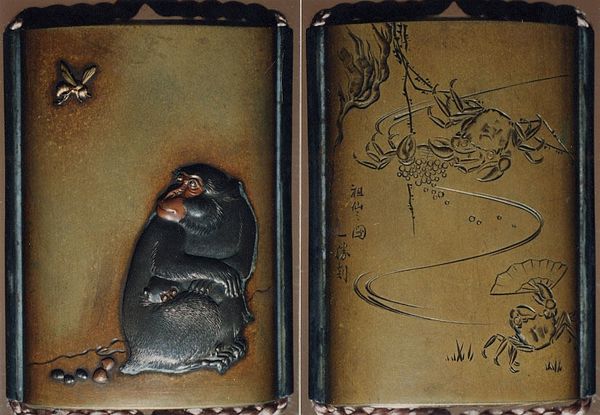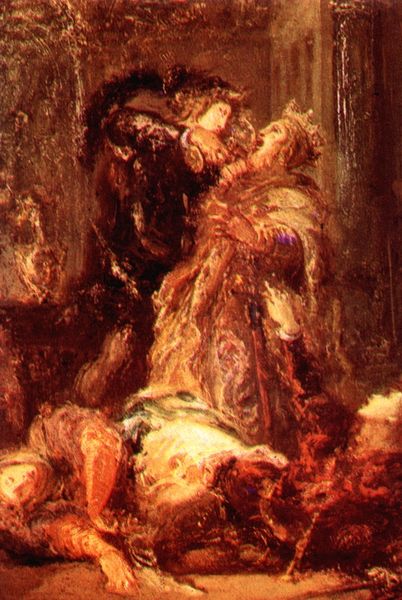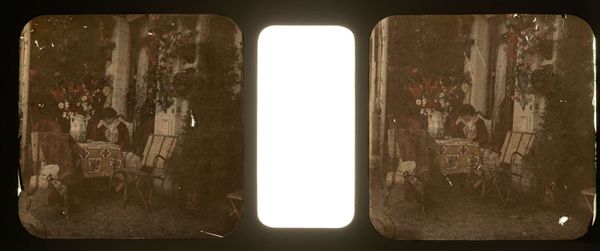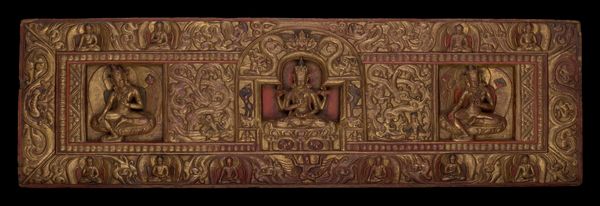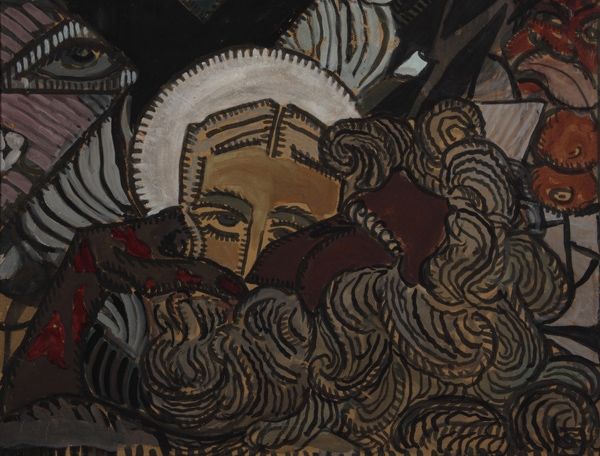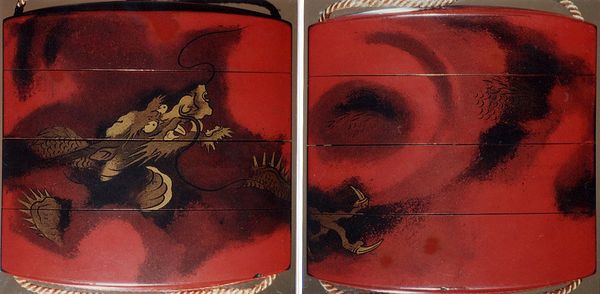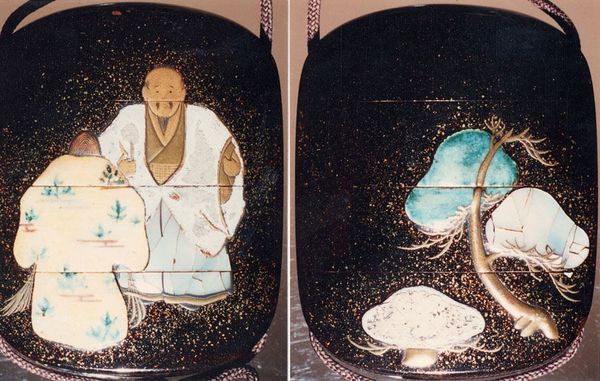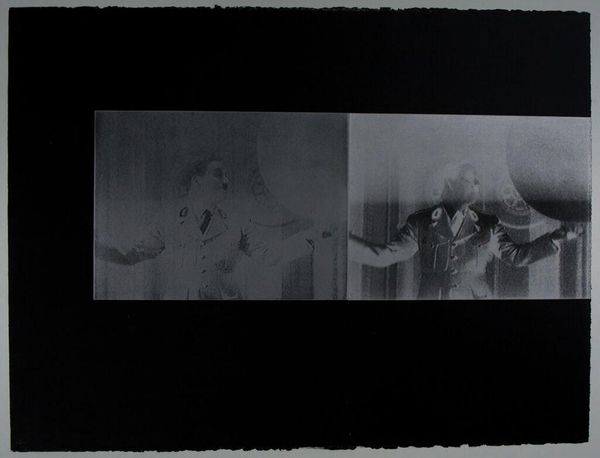
Case (Inrō) with Design of the Seven Gods of Good Fortune Fording a River 1871 - 1899
0:00
0:00
carving, relief, wood
#
carving
#
narrative-art
#
asian-art
#
relief
#
figuration
#
orientalism
#
24_meiji-period-1868-1912
#
wood
#
miniature
Dimensions: 3 9/16 x 2 13/16 x 1 1/8 in. (9.1 x 7.1 x 2.9 cm)
Copyright: Public Domain
Editor: This intricate wooden case, an Inrô by Nakayama Komin, created between 1871 and 1899, depicts the Seven Gods of Good Fortune. I'm struck by how such a detailed narrative is rendered on such a small scale. What can you tell me about its historical context? Curator: Well, let's think about the Meiji period. The rapid Westernization deeply impacted Japanese art. This piece shows how traditional beliefs persisted alongside this. Editor: In what ways? Curator: These gods were not just religious figures; they were cultural icons. During the Meiji era, their representation on everyday objects like this inro became a form of cultural preservation. It's a assertion of Japanese identity in the face of Western influence. How do you see the composition reinforcing this? Editor: I see how the figures are rendered in such traditional clothing and mannerisms, even though they're integrated with more Western techniques. Were these Inrô meant for public display? Curator: That’s an interesting point. The function of the inro itself shifts from practical to symbolic. These intricate carvings were admired and collected, turning functional items into works displayed to reflect on cultural heritage and the politics of the era. It’s a silent, beautiful, resistance to cultural homogenization through commercial artwork. Editor: That makes sense. I hadn't considered how it was communicating pride in Japanese tradition in that time of change. Thanks. Curator: Indeed, and seeing this shift really helps understand the layers of meaning within seemingly simple works. It certainly gave me a new lens.
Comments
No comments
Be the first to comment and join the conversation on the ultimate creative platform.
